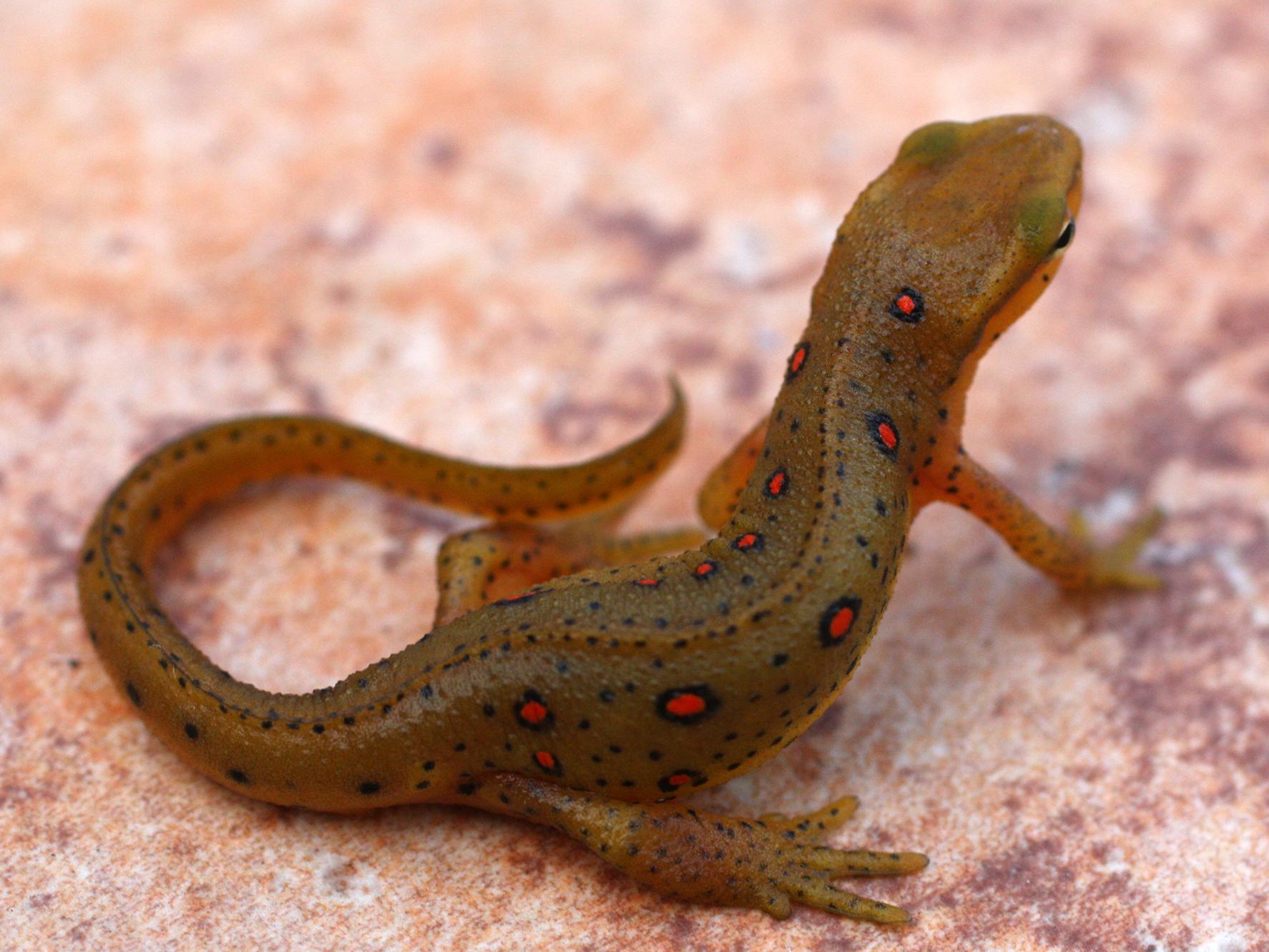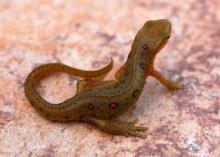Information Possibly Outdated
The information presented on this page was originally released on August 4, 2017. It may not be outdated, but please search our site for more current information. If you plan to quote or reference this information in a publication, please check with the Extension specialist or author before proceeding.
Tiny ponds provide homes for wildlife
STARKVILLE, Miss. – Small, forested ponds are abundant in Mississippi, and there is a good chance one is somewhere on your back 40.
Most landowners see these small systems as difficult to manage for fish because they are too small, shallow, or weedy, or maybe the trees are too close to the water's edge. Fishing may not be your thing anyway. In these cases, consider managing small, wooded ponds for wildlife.
Woodland ponds less than a quarter acre in surface area are often better suited as wildlife ponds than fish ponds. They are natural watering holes for larger animals, and they are critical habitat for many species of amphibians and reptiles that need all of the help they can get.
Frogs, salamanders and newts often use small ponds for breeding and larval rearing, and they will later move to upland sites for part of the year. Amphibians prefer undisturbed habitat within the pond and adjacent uplands. To encourage amphibians, make sure there is at least 300 feet of undisturbed buffer in the upland area around the pond. This means no disking or herbicide application, as both are often fatal to sensitive amphibians. Leave logs and other debris in and near the pond for concealment of salamanders and newts, as well as sunning for snakes and turtles.
Keep cattle out of the pond and the upland areas. If it must be used for cattle watering, fence off the pond and upland areas, and install a freeze-proof watering trough below the pond levee. Construction designs for watering troughs are available via the Natural Resources Conservation Service and Mississippi State University Extension Service.
Many fish species eat amphibians, so fish should not be stocked in amphibian ponds. Small ponds should never be dewatered, and the watershed should be relatively pristine, because fertilizers, livestock wastes and pesticides can greatly reduce amphibian survival.
These ponds also will be used by a variety of insects, mammals and birds. You can add wood duck nesting boxes to encourage these beautiful birds to visit your pond. If you are not entirely antisnake, you can even create artificial snake hibernacula (buried refuges for snakes to overwinter) and place sunning logs near the pond.
All 45 species of bats in the U.S. must drink on the wing over open water, and most can drink over short distances of 100 feet or less. Larger forested ponds may provide water for these flying rodents, as well as a good location for them to catch unsuspecting insects as they emerge from the pond.
Encourage native plant species and avoid invasive species to provide the best habitat for wildlife. Less aggressive shoreline plant species, such as pickerelweed and water pennywort, are good choices.
Remember, not all ponds need to have fish in them. Sometimes a pond without fish can provide as much enjoyment, or more, especially when wildlife watching is your passion.

Editor’s Note: Extension Outdoors is a column authored by several different experts in the Mississippi State University Extension Service.





